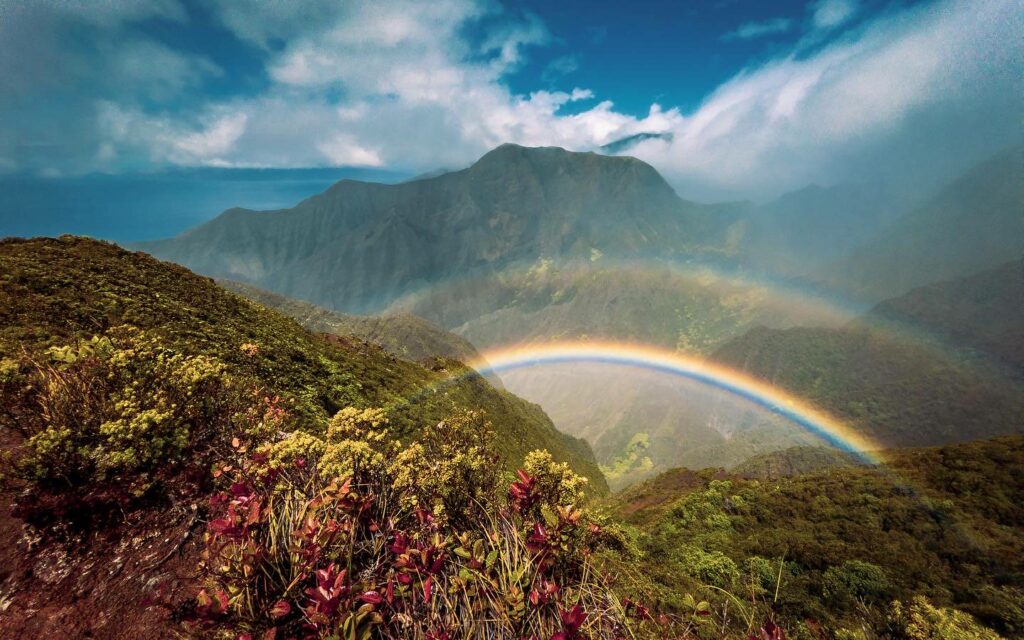
Light + water = rainbows.
Seems like an easy enough equation, but often, the effect is more than simple — it’s stunning, magical and, for me, camera-worthy. More than once, I’ve hastily pulled my truck off on the side of the road to capture a moment in time with a memorable Maui rainbow.
Not to get too scientific, but rainbows form when raindrops reflect and reflect light, similar to a prism. Smithsonian Magazine explains it better than I can…
“The raindrop bends the waves of light as they enter the droplet, where they reflect once inside, and then refract again upon exit. Various colors are seen in a rainbow because each color wavelength refracts at different angles, and when they do, they are seen as separate bands of color.”
Best Rainbows on Earth, So Says Science
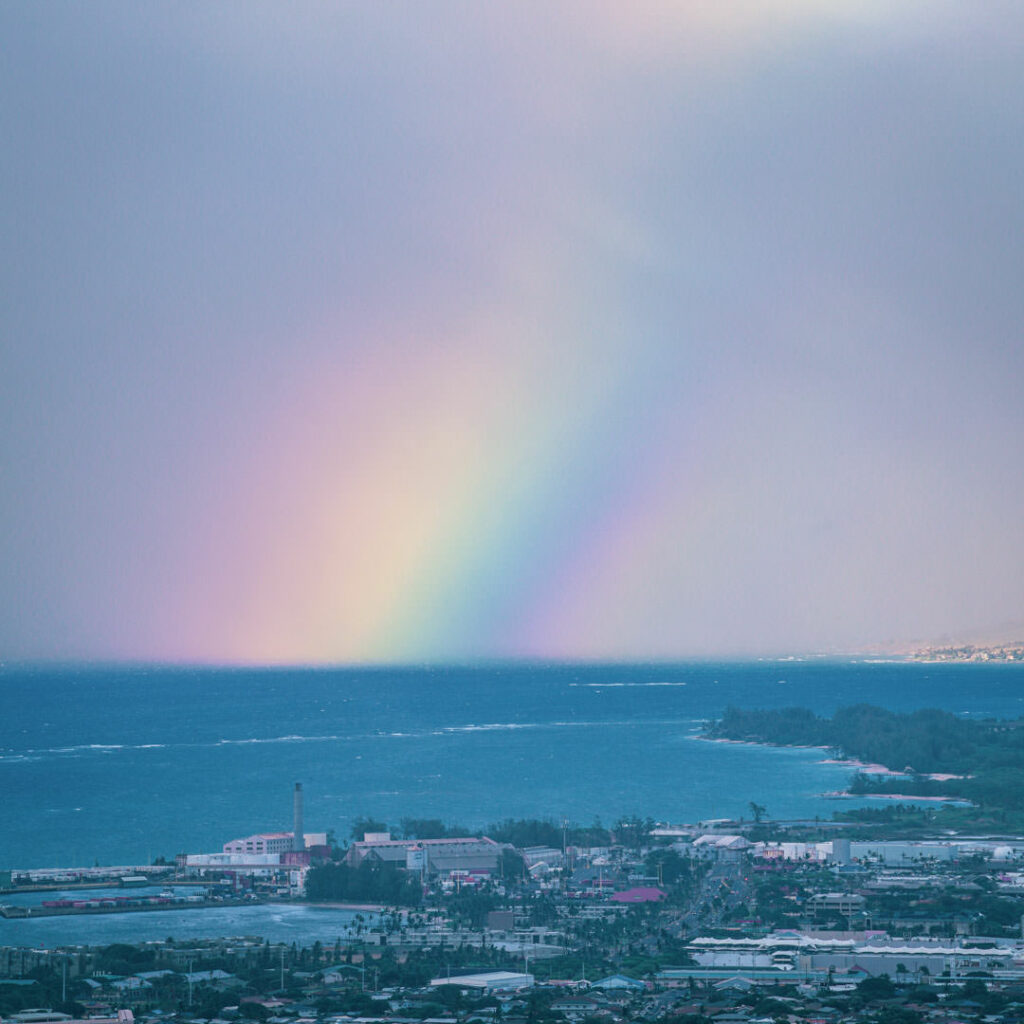
Here in Hawai‘i, we tend to have both sunlight and water in abundance, so some scientists have deemed our state the best place on the entire planet to see rainbows. Due to a combination of factors — including our geographic location in the Pacific, direction of the winds, terrain, temperature and climate — rainbows are also known to last longer here than in other places…according to Science Friday, sometimes that’s up to seven hours at a time!
‘Ānuenue means rainbow in Hawaiian, and it plays a significant role in Hawaiian culture, mythology and language. In fact, a University of Hawai‘i Mānoa professor published a 2021 study in the Bulletin of the American Meteorological Society, making a scientific case for why Hawai‘i is the rainbow capital of the world. He outlines more than 20 different words and phrases for rainbow in the Hawaiian language, including uakoko (low rainbow), punakea (barely visible rainbow), kāhili (standing rainbow shafts) and ‘ōnohi (rainbow fragment).
Rainbows Have a Role in Hawaiian History
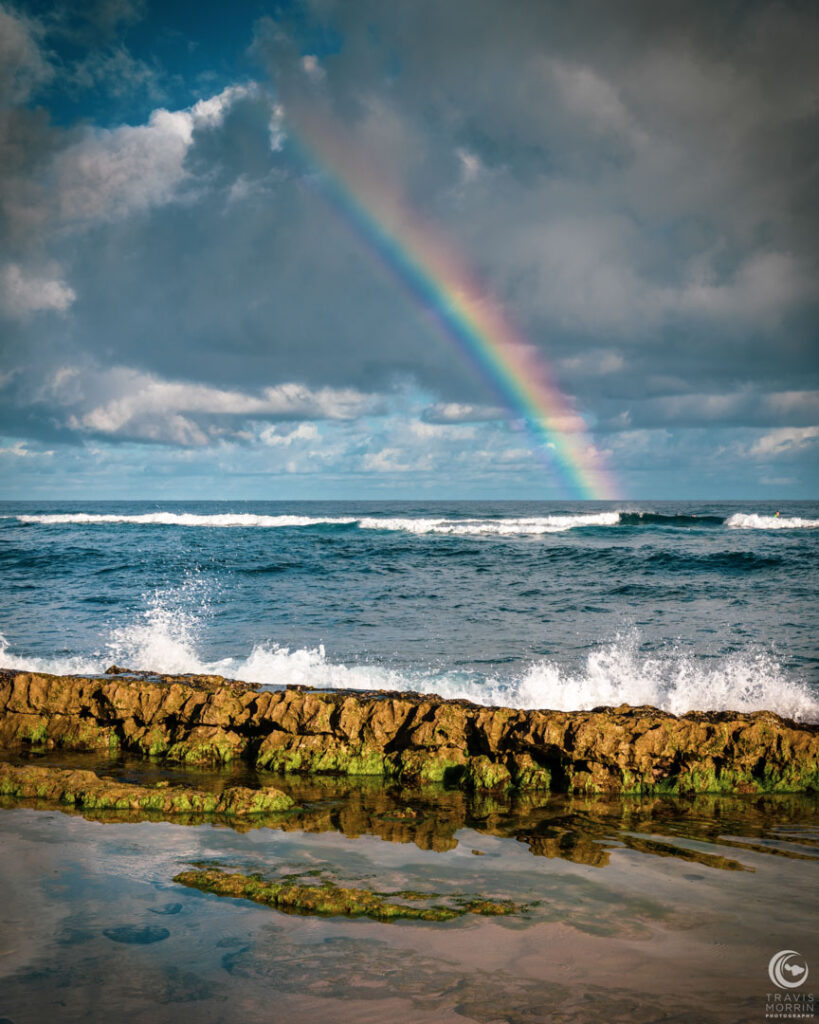
In Hawaiian legends, the rainbow is a symbol of transformation, a veil between realms and a pathway between dimensions; Hawaiian gods are said to use the celestial path of the rainbow to visit Earth, and departed souls walk a rainbow path to ascend. The report also shares stories of Hawaiian mythology like this…
“According to Hawaiian legend, Kahalapuna is known as the Rainbow Maiden, born of the divine wind and rain of Mānoa Valley. Since ancient times the valley has been regarded as “the royal palace of rainbows,” where the beautiful Rainbow Maiden can be seen playing wherever the light of the sun touches the misty rain.”
Full-Circle Moments
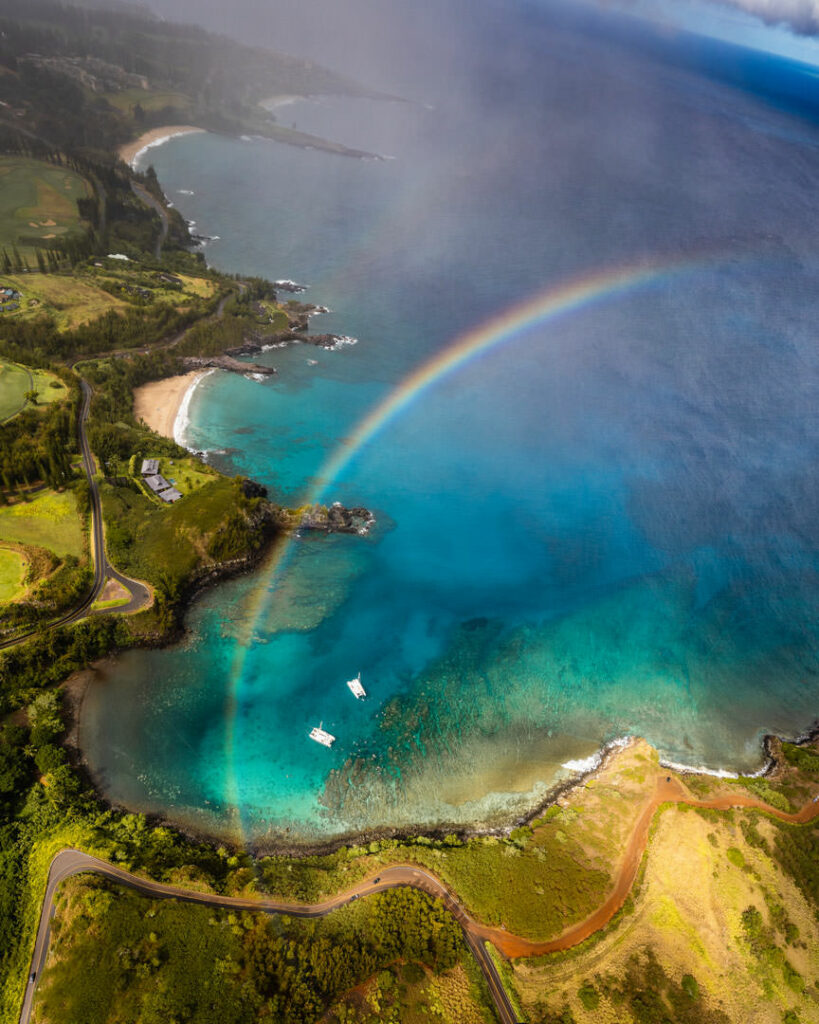
Typically, when we see a rainbow, we’re here on Earth, right? But looking at it from our planet’s surface, we’re actually only seeing half the rainbow.
But when you’re soaring high above the earth in an aircraft, well that can be a different story. In that case, sometimes you can see a rainbow in its entirety as a 360-degree ring of color, Science Friday reports.
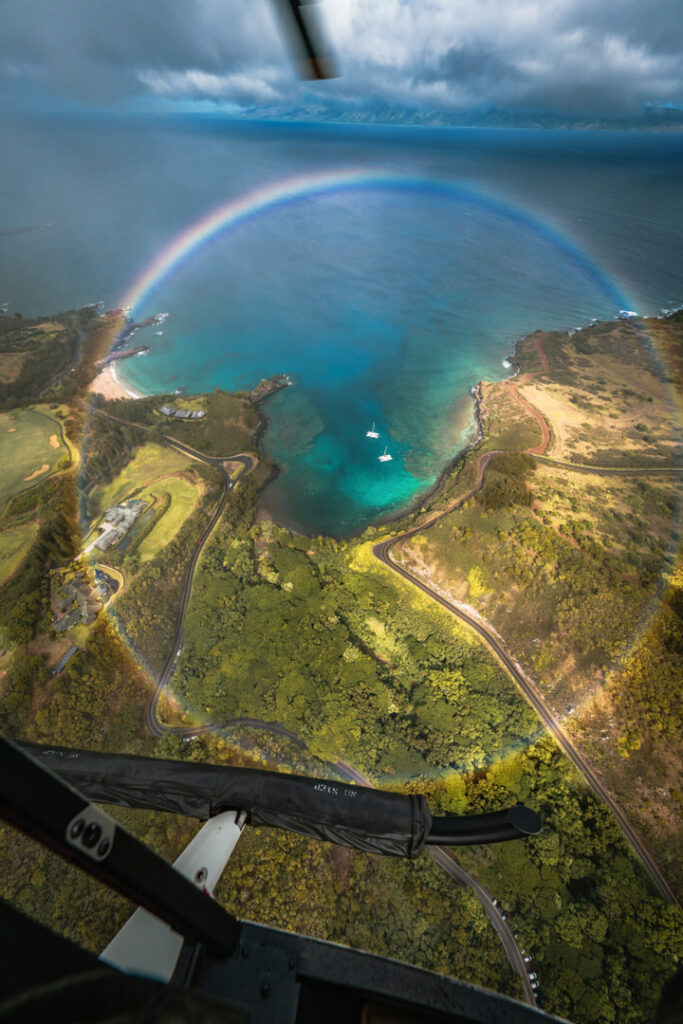
So…one October morning when the weather elements seemed to align, I hopped on a helicopter flight with my favorite pilot Nick at GoFlyMaui and was stoked to chase some rainbows!! We were very fortunate to find several pō‘ai ‘ānuenue piha, or full-circle rainbows, in misty pockets around Upcountry Maui and the West side.
Rainbow Capital, No Doubt!
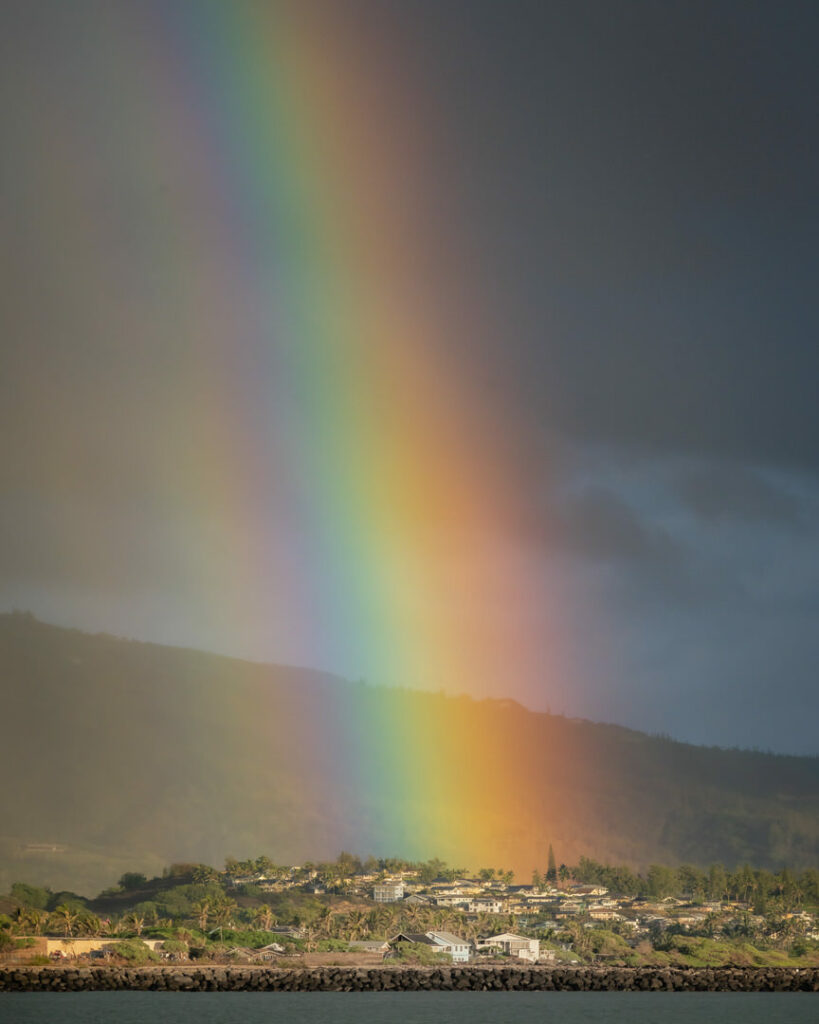
I consider myself lucky every time rainbows materialize, as some of the most magnificent optical phenomena in the natural world. It can help me feel more present just to stop and appreciate these spectacular spectrums of light. I hope you enjoy them as much as I do, and I encourage you to get out there and chase some rainbows of your own!
And if you’re interested in Hawai‘i icons and images, check out my blog called “Palm Trees with a Past and a Purpose.”
